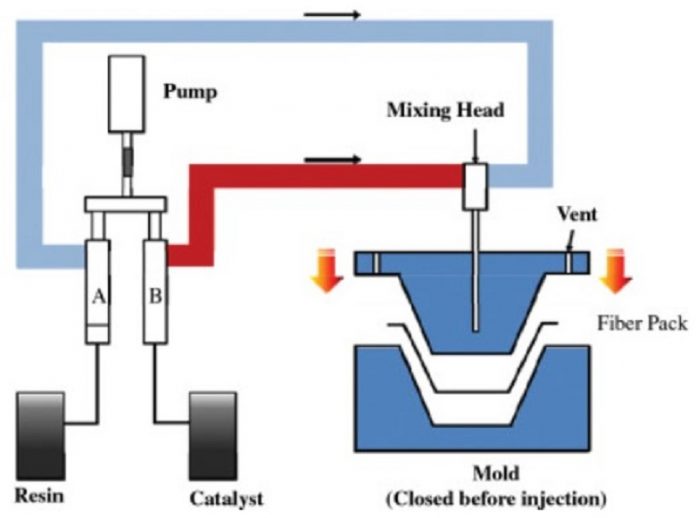Casting moulds are used to reproduce or present an object precisely. The mould is then filled with resin to recreate its precise form. This constructs a 3D entity that you may position wherever you desire. Casting resin moulds requires occasionally using a particular epoxy type known as casting resin. Deep pour epoxy is another appellation for this kind of resin. This is helpful for heavy pours due to its extended drying time.
Casting moulds are used to create almost anything! Many people create a mould to fill with resin and then immerse important artefacts in epoxy to preserve and showcase them. You may also manufacture a duplicate of an object and spray paint or colour it to create a stunning work of art.
Handcrafted OR Pre-Made
Moulds for Casting Resin, both handcrafted and pre-made, can be purchased or manufactured by hand. Resin moulds come in various shapes and sizes, allowing you to find the ideal one for your project. Neoprene, latex, polyurethane foam, and other materials can create flexible moulds. Some casting resin pros show their appreciation for their work by preserving it in glass jars. This is a fantastic choice for adding an extra layer of security to your project. One of the most popular crafts is displaying various minor artefacts in a small glass jar with enough space on top for a small light. If you decide to construct your mould, make sure everyone has all of the essential components before you begin. It is essential to have a clock, moulding resin, castings putty, the replica object, and a utility knife or razor blade. While most moulds are constructed in the same manner, it is critical to follow the instructions on the casting putty box to get the most out of the product. It will rapidly transform into a sticky or clay-like substance when you start making your mould.
Choosing the Most Effective Epoxy Resin Molds for Casting
In Australia, casting resin is often used to encapsulate things and to produce furniture such as water tables. A mould is used to encase the epoxy resin and the components to be protected. Silicone moulds are available at several hobbies and art outlets, albeit the geometric shapes offered may be restricted. As a result, many artists and craftspeople tailor their epoxy resin moulds to their creative vision and goals.
Fluid Silicone vs Silicone Casting Putty
This article will teach you how to make Do It Yourself moulds out of silicone putty and liquid silicone. Silicone is used for epoxy moulds because it does not stick to polymerisation. Both systems have advantages and disadvantages. To produce the desired completed product, both materials need the creation of a harmful mould of an object, which is subsequently filled with epoxy resin.
After you’ve obtained the clay, you’ll shape it to resemble anything you’ve decided to imitate. Press the dough into the item until all air pockets are filled and evenly spread the clay. This is critical to ensuring that your mould does not develop any unusual lumps or defects in your end product. The clay will then be allowed to solidify for around an hour. Keep an eye on the timer to determine when you should resume work on the project. With a razor blade or knife, cut through anything that has folded over onto the reverse of the item you moulded. This section should be approached with care. It’s all too easy to slip and cut yourself or your mould accidentally. To create your mould exactly, make sure you have a solid grasp on it and analyse each slice.

